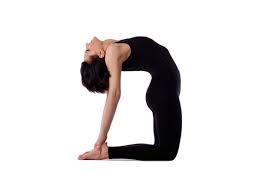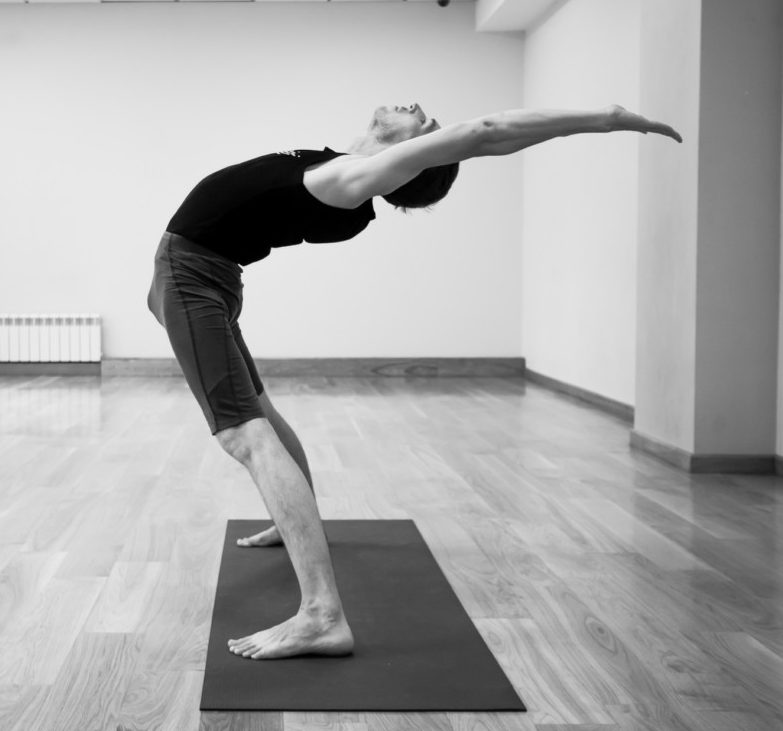The thyroid gland is a butterfly-shaped gland that sits in front of the neck below the thyroid cartilage. Its main function is producing thyroid hormones- namely Triiodothyronine (T3) and Thyroxine (T4). T3 and T4 are synthesized from both iodine and tyrosine. Thyroid also produces calcitonin hormone, which plays a major role in calcium homeostasis. The hormonal output from the thyroid is regulated by thyroid-stimulating hormone (TSH). This is secreted from the anterior pituitary gland, which is regulated by thyrotropin-releasing hormone (TRH) and produced by the hypothalamus.
Variation in the secretion of the hormones puts the metabolic rate of the body at stake and the thyroid may be affected by many diseases. If there is excessive production of hormones then it causes Hyperthyroidism or Graves’ disease; if there is limited or less hormone production then it leads to hypothyroidism or Hashimoto’s Thyroiditis which is an autoimmune disorder. Sometimes thyroid gland is also affected by nodules and may even be cancerous.
Here, we’ll learn more about Hypothyroidism and Hyperthyroidism and how Ayurveda can help manage these conditions.
HYPOTHYROIDISM is a condition in which the thyroid gland is under active leading to minimal production of thyroid hormone. Incidence of hypothyroidism is increasing day by day and a better management for this condition is in high demand. This condition is more common than hyperthyroidism and is caused mainly due to iodine deficiency, side effects of drugs, autoimmune disease, pituitary dysfunction, congenital and many a times have an unknown origin as well. Affected persons may experience fatigue, lethargy, unexplained weight gain, constipation, extreme sensitivity to cold, pale and dry skin, hoarse voice, puffiness in face, high cholesterol, prolonged and/or excessive menstrual bleeding, muscle aches, tenderness and stiffness in the shoulders and hips, stiffness and pain in the knees, small joints, muscle weakness especially of lower limbs and even depression.
The symptoms show that hypothyroidism is not just a disease related to gland but affects many systems of the body. Ayurveda considers depletion of agni to be the cause of decreased metabolism. The impaired agni results in vitiation of the body doshas. In hypothyroidism, kapha and pitta dosha are affected. The vitiation of kapha leads to depletion of the ojas which is the essence of all the seven dhatus of the body. The immune system too is affected when the ojas level goes down. The Ayurveda classics refer to a disease called Gandamala which can be compared to the diseases related to thyroid, especially hypothyroidism.
Diet for Hypothyroidsm:
- Avoid Cruciferous vegetables that are rich in fiber like cabbage, broccoli, cauliflower, brussels sprouts, spinach and kale which may inhibit thyroid medication absorption. Sweet potatoes, maize, lima beans, soya, mustard etc are other foods that are known to slow down the functioning of the thyroid. One needs to avoid water containing fluoride, avoid smoking and junk food.
- Use plenty of green vegetables, iodine rich diet that includes radish, beetroot and parsley. Blueberries, tomatoes, bell peppers, and other foods rich in antioxidants are also known to benefit the thyroid gland.
- Eating foods high in B vitamins, like whole grains, may also help.
- Use coconut oil and ghee in your diet.
- Use spices such as ginger, garlic, turmeric, cinnamon, black pepper, long pepper in diet as it helps improve circulation.
- Yoga, exercise everyday as it helps to improve strength and also stimulates thyroid gland to produce the right amount of hormone.
HYPERTHYROIDISM is condition where the thyroid gland is overactive. Women in the age group of 30 to 50 are more prone to hyperthyroidism than males. The metabolic rate is increased in this condition and as a result the patients may experience rapid heart rate, palpitation, frequent bowel movements, excessive fatigue, shallow respiration, menstrual disturbance and bulging of eyes. According to Ayurveda, the main cause of this dysfunction is Vata and Pitta Doshas. The increase in dosha is the reason behind increased metabolic rate. Due to the impaired agni there is blockage in the subtle body channels and this leads to improper functioning of the thyroid gland.
The aim of Ayurveda treatment is to clear the blockages by correcting agni and bringing the doshas to normalcy. It helps in controlling the symptoms and preventing them from getting worse. Ayurveda treatment includes lifestyle changes, diet recommendations, cleansing and internal medicines.
Diet for Hyperthyroidism:
- Avoid foods that are rich in iodine while one should reduce intake of iodized salt. Avoid fish, sea vegetables, sea salts, sea foods, red meat, milk and milk products, wheat, oats, rye, barley, refined flour, pasta, refined sugar, caffeine, nicotine and alcohol.
- Eat Protein rich food in order to avoid muscle wasting. Tofu, beans, nuts, poultry products are good source of protein.
- Include Calcium and Vitamin D supplements to prevent osteoporosis and to strengthen the bones and immunity. Foods such as eggs, broccoli, ragi and mushrooms which are rich source of Vitamin D and calcium help your bones to become strong.
- Using turmeric, ginger, rosemary, cinnamon, oregano, coconut, ghee and coconut oil help in balancing of agni.
Medicines are chosen and prescribed depending on the patient’s specific condition/ requirements and sometimes combined with Panchakarma treatments such as Vamana, Nasya, Shirodhara etc. Medicines like Ayrogyavardhini Vati, Kanchanara Guggulu, Punarnavadi Guggulu, Punarnavadi Kashaya, Suvarnamali Vasanta Rasa, Suvarna Bhasma, Brihat Vatachintamani Rasa, Pravalapanchamrita Rasa, Ashwagandha Churna, Triphala Churna etc are usually prescribed for thyroid imbalances.
Yoga and Pranayama for Thyroid
Apart from internal medication, exercise and lifestyle changes are very important to control thyroid. Yoga and Pranayama are known to help immensely in regulating the thyroid gland. Yogasanas that are beneficial for stimulating thyroid gland are:
Sarvangasna (Shoulder Stand Pose)

Matsyasana (Fish Pose)

Naukasana (Boat Pose)

Halasana (Plough Pose)

Ushtrasana (Camel Pose)

Ardha Chakrasana (Half Wheel Pose)

Suptavajrasana (Reclined Thunderbolt Pose)

Pavanamuktasana (Wind Removing Pose)

While these asanas help in improving the circulation to the gland and this in turn helps in regulating the gland. Pranayama such as Nadi Shuddhi Pranayama and Ujjayi Pranayama is known to help balance the flow of prana.
We highly recommend that those who have been diagnosed with Thyroid problem recently, start their treatment with Ayurveda as it aims in triggering the thyroid gland to produce the required amount of the hormone for the body and does not just supplement it with extra hormones. On the other hand, if you have already started medication for thyroid, focus on making the necessary diet changes and practice yoga and pranayama. You may choose to slowly shift to Ayurveda medication.
Ayurveda and yoga together is extremely beneficial in stimulating the thyroid gland in producing the required amount of hormones as well as teaches one how to manage stress. Remember to constantly keep a check on your thyroid profile.
